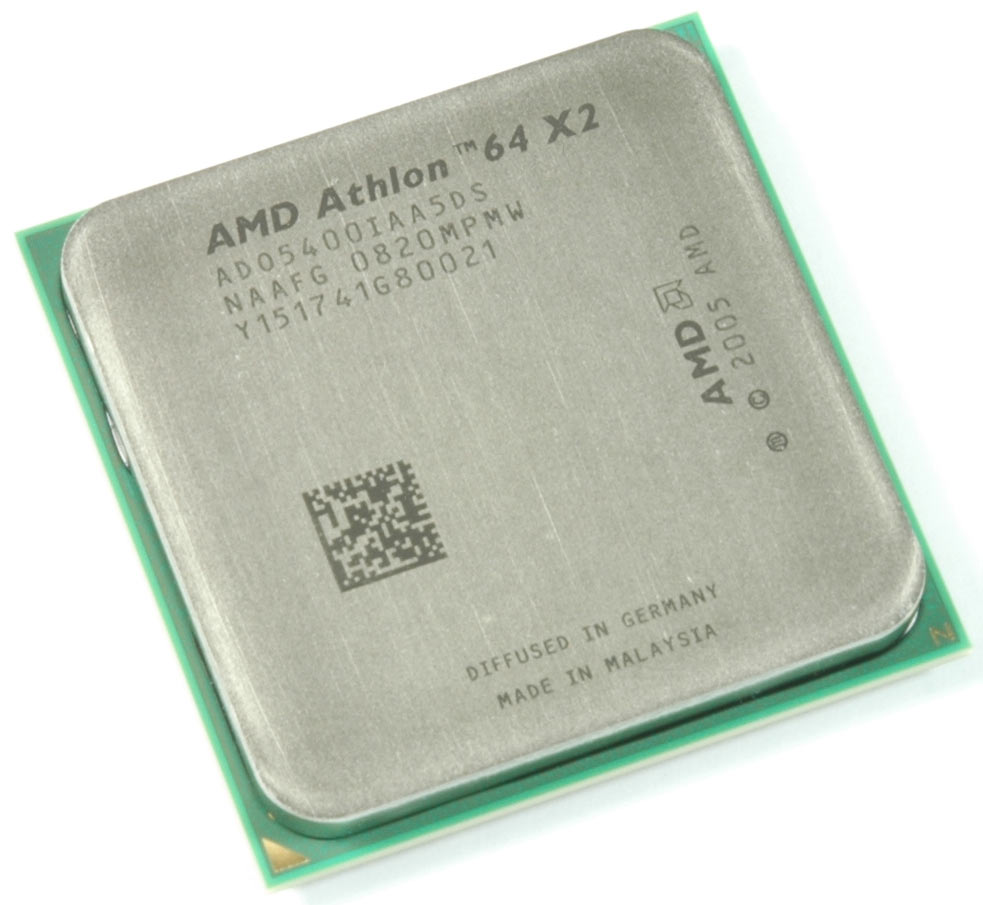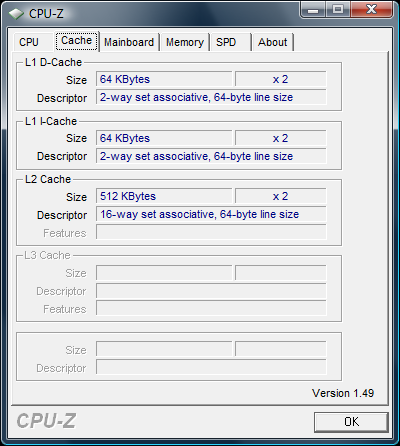Low-Power Face-Off: AMD's Athlon X2 Vs. Intel's Core 2 Duo
Regular Power: AMD Athlon 64 X2 5400+ BE (65 W TDP)
While the low-power parts are named Athlon X2, the regular models are still sold as Athlon 64 X2. We wanted to also include a regular 65 W AMD processor to look at the power consumption difference, so we decided to get the one that makes the most sense: the 5400+ Black Edition at 2.8 GHz stock speed. There would be an Athlon 64 X2 5600+ at 2.9 GHz, which is also still rated at 65 W TDP—all faster models are 89 W parts—but the memory clock of this part would not be able to hit the full 400 MHz for DDR2-800 operation.
Remember that the CPUs have to derive the memory clock from the core clock: 2,800 MHz divided by 7 is a perfect match for 400 MHz memory clock speed, but 2,900 MHz divided by 7.5—which is required to stay within specifications—results in 387 MHz or DDR2-773, which would have erased the 100 MHz clock speed benefit. In addition to these issues, this processor is a so-called Black Edition, meaning that you can overclock it using an adjustable multiplier.
The voltage of this mainstream 65 W processor is slightly higher than the 1.20 V we found on the Athlon X2 5050e: we tracked 1.295 V at full clock speed, and 1.075 V when idle at 1.0 GHz core clock. This alone makes quite a difference, and the clock speed increase of 200 MHz does the rest. The system running the 5400+ required 4 W more idle power and 21 W more peak power. Both fail to impress, as the total system peak power of 106 W is very much the same as on the Intel comparison system, which in this case was running a Core 2 Quad Q9550s low power 65 W quad-core processor. Looking at the benchmark results, it becomes obvious that this CPU only makes sense if you overclock it.
Get Tom's Hardware's best news and in-depth reviews, straight to your inbox.
Current page: Regular Power: AMD Athlon 64 X2 5400+ BE (65 W TDP)
Prev Page Low Power: AMD Athlon X2 5050e (45 W TDP) Next Page The Competition: Core 2 Duo And Quad S-Series

